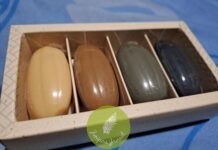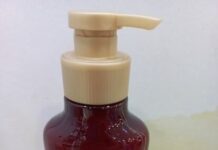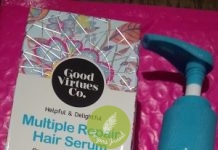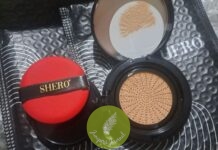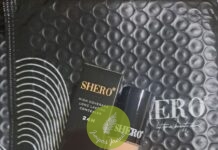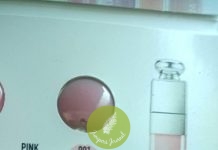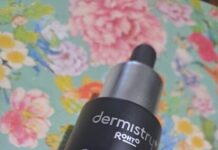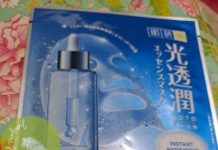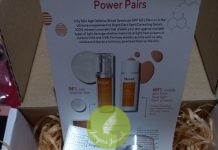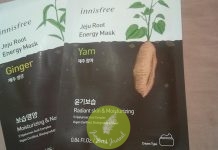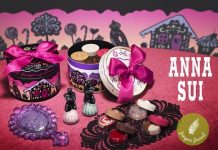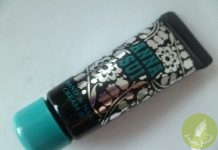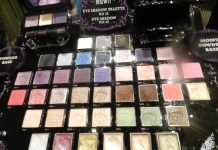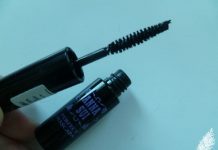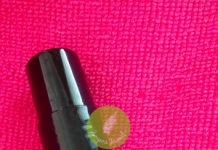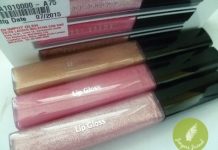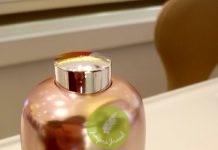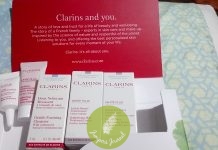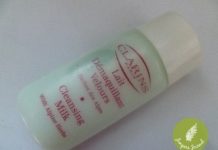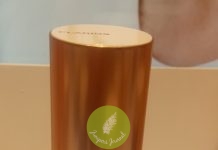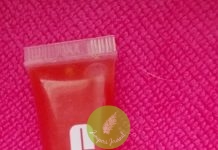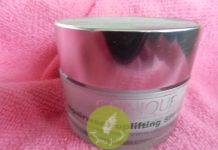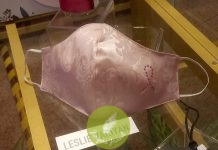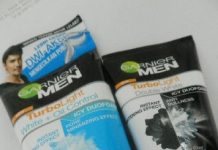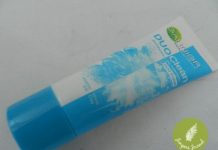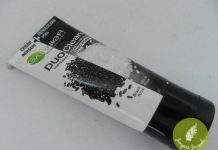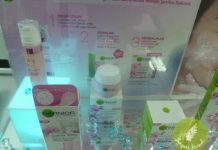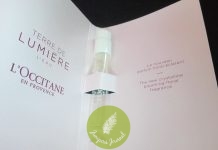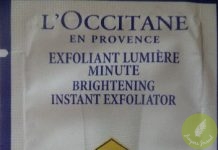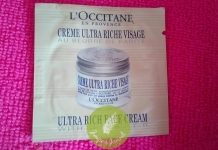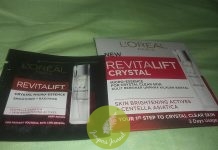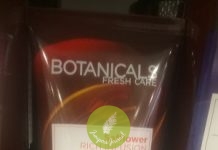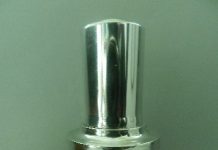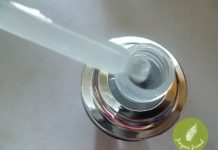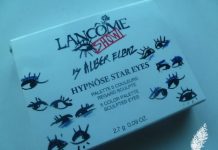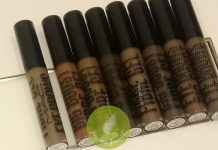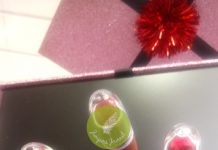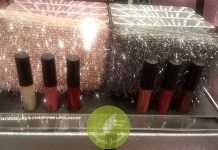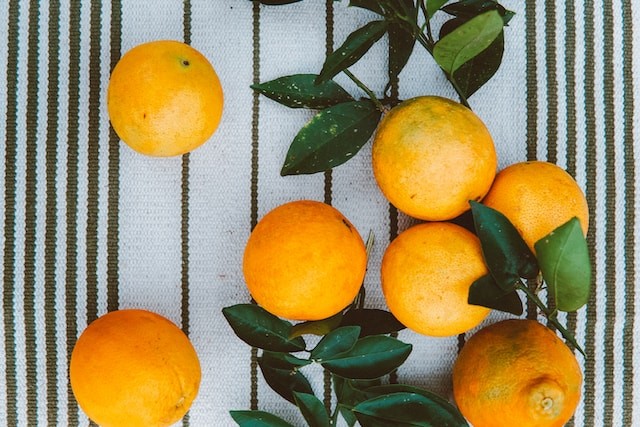With so many influencers making youtube videos, sharing photos, and creating a lot of content – the one thing that has been prevalent is filters. When there are filters on all of the content you see, you start to forget what natural skin looks like.
While there are some people who do have flawless, glowing skin, most people have texture, wrinkles, dry patches, and more.
Fabulous skin means something different to everyone. For those who have acne, fabulous skin could just be skin that doesn’t feel sore or tight.
People who have dry patches might just wish to have skin that is a little more supple and healthy looking. No matter what your skin complaint is, it is possible to eat your way to fabulous skin.
And, that isn’t just about facial skin either! Dry elbows, knees, and ankles, cracked heels or hands, and so much more. If the latter sounds familiar, check out this guide: Cracked Skin: Causes, Treatment, And Prevention.
There are some things that we can’t stop happening – like the natural aging process of the skin, but what we can do is eat things that are going to support our long-term and keep our skin healthy and supple.
Photo by Rajesh Kavasseri on Unsplash
Low GI Carbs
GI is the glycemic index, and it is the system that ranks carby foods on how quickly or slowly they release glucose into the body. Slow-releasing carbohydrates are typically better for you overall.
Low GI carbs like porridge, pulses, and beans are ideal. Oten high-GI foods are packed with sugars, and while we might get an energy boost in the beginning, they increase the production of insulin, which impacts your collagen levels (a reduction leads to more wrinkles).
Water
No list of what to eat and drink to support your skin would be complete without water. In order to stay flexible and supple, the skin needs water – and a lot of it. When you don’t drink enough water, your body is going to struggle to do all the processes – one of which is keeping your skin healthy.
The easiest way to make sure you get enough water is to set timers on your mobile phone to alert you when it is time to drink, use an app – or have a large water bottle on your desk as you work (or with you).
You can also eat your hydration if you snack on watermelon and cucumber.
Healthy fats
Not all fats are bad fats – and we need some of these fats to help our body’s natural functions. Monounsaturated and polyunsaturated fats are the fats we can find in seeds, nuts, oily fish, and avocados.
What makes these fats so great for the skin is that they have a huge dose of vitamin E, which is one of the most skin-loving vitamins.
When you are researching these fats, look specifically for anything that says omega-3 fatty acids – they are great for the skin and your brain. Omega-3 fatty acids are great for helping to soothe psoriasis and eczema because they have anti-inflammatory compounds.
There are lots of options for adding these fats into your diet, fish is one of the best sources, but you can enjoy walnuts, rapeseed oil, and flaxseed if you don’t eat meat.
Phytoestrogen
Don’t worry if you have never heard of phytoestrogens before – many people haven’t. It has a similar structure to estrogen and some studies show that it can help to keep our hormones in balance. Hormonal imbalances are one of the contributing factors to things like acne, bloating, and breakouts.
Interestingly estrogen plays a vital role in supporting the structure of the skin, and it can also help to reduce skin damage too. You can increase your intake of phytoestrogens by eating more tempeh, tofu, flaxseed, vegetables, and whole grains.
Photo by Elle Hughes on Unsplash
Zinc
You often find zinc in any creams and bandaids that are designed to help heal wounds and skin issues. Zinc is a powerhouse of healing support in the skin, and it helps with a lot in the body too.
Zinc ensures that our oil-producing glands are functioning as normal.
While zinc can be used in topical treatments to improve healing, you can also increase your stores by eating foods rich in this mineral.
Red meats (lean is better), shellfish, seeds, nuts, poultry, and whole grains are all great sources of zinc.
Five portions
It is important that you reach at least five portions of fruits and vegetables every day. Unfortunately, you can’t just eat five apples and call it a day. Ideally, you need to make sure you are eating a rainbow of fruits and vegetables. Portion sizes aren’t as much as you might think, either.
A portion size (depending on the type of fruit or vegetable) is between 4 and 6 ounces. Three cups of leafy greens, ½ of legumes, or 1 cup of cooked or raw veggies or fruit will usually get you in the right range.
If you start adding handfuls of fruits and vegetables to your normal meals, you will meet the RDA.
If you struggle to add the right amount to your meals, you can start making smoothies!
Vitamin E
Vitamin E is one you will find in skincare, makeup, lip balms, and body creams. Our skin loves vitamin E, and it is potent too. Hazelnuts, pine nuts, pumpkin seed oils, sunflower seeds, and oil, avocados, and almonds are rich in vitamin E.
Vitamin C
Many people associate vitamin C with immunity support, but it plays a vital role in helping to have radiant skin. Vitamin C helps with collagen production and helps form the cell framework for strengthening the blood supply to our skin.
If you love oranges, that is great, but you can get plenty of vitamin C from strawberries, sweet potatoes, papaya, kiwi fruits, and even broccoli.
Along with eating a vitamin and mineral-packed diet, you can help support your skin from the outside too. Serums and creams that are rich in natural ingredients can help further you on the quest to reduce skin complaints; things like this: Beauty Of Joseon Glow Serum For That Healthy Natural Glow.
This is a collaborative post
